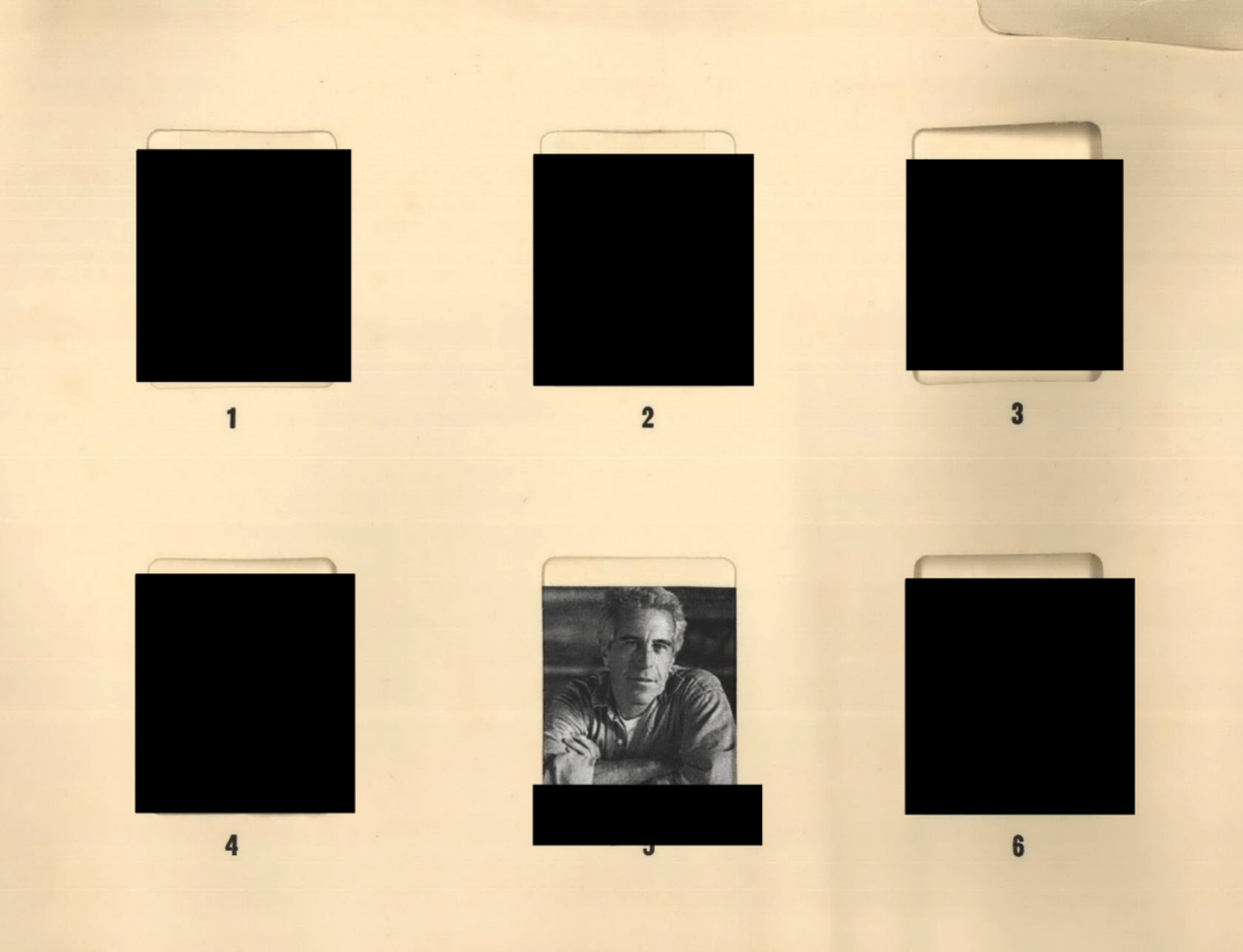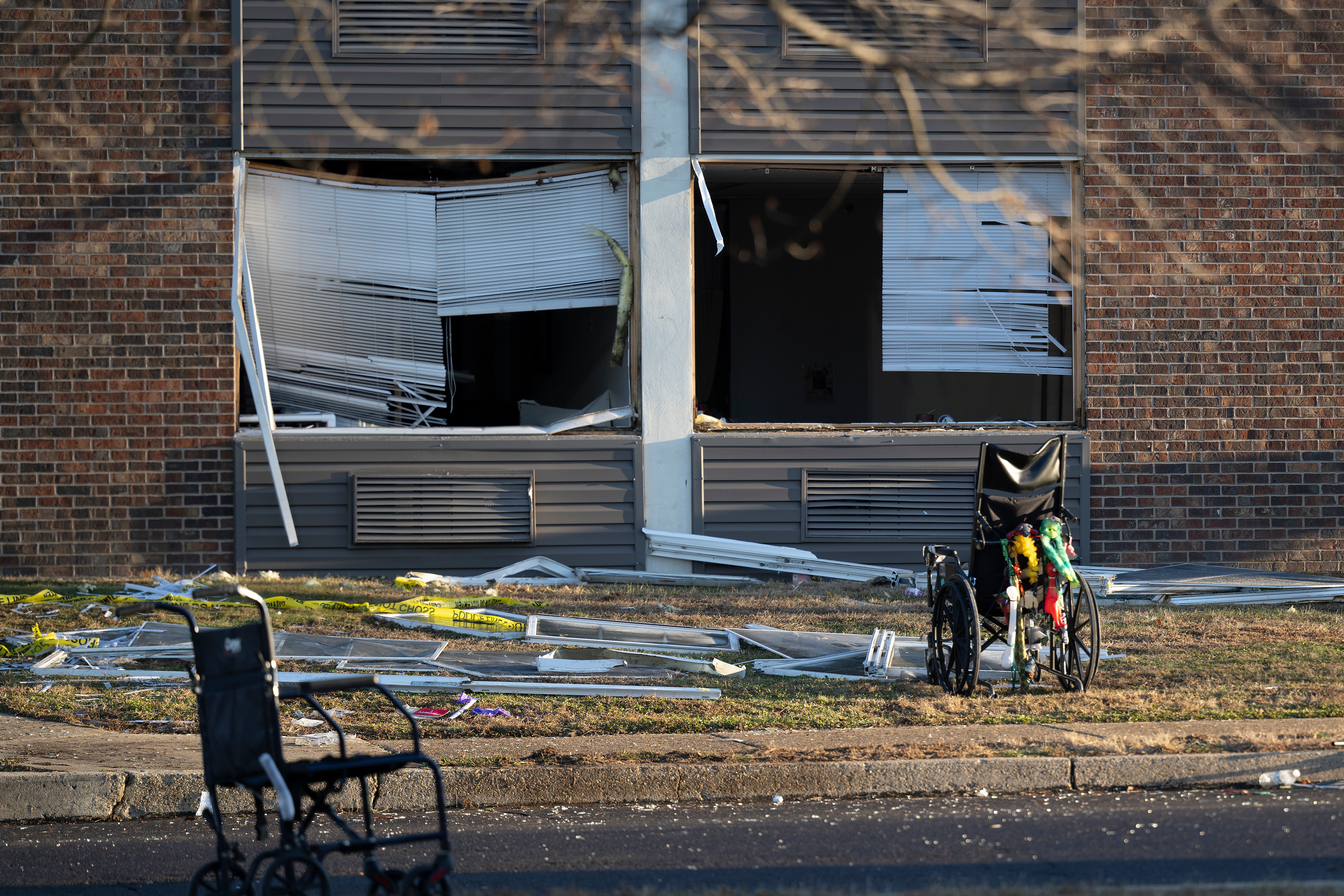Back-to-school spending is expected to skyrocket this year compared to 2022, with much of the increase due to increased spending on electronics.
According to data from the National Retail Federation, the average student will spend about $890, which is $25 higher than last year. All told, $41.5 billion will be spent by consumers on back-to-school items.
The data shows that back-to-school spending on clothes and shoes is expected to be lower than a year ago. School supply spending will be less than 1% higher than a year ago.
But spending on electronics is expected to be a lot more. The average student will spend $325 this year for back-to-school, which is more than 10% higher than in 2022. The National Retail Federation estimates that 69% of students will purchase electronics for school, which is up from 65% a year ago and 54% in 2019.
"During the pandemic, it's possible that electronics became more integrated into how students learn, into how they do homework and submit items," said Katherine Cullen, vice president of industry and consumer insights with the National Retail Federation. "We also know that parents increasingly want to be able to get a hold of their kids throughout the day. Therefore, a little bit more interested in smartphones and cellphones, even for younger students."

Secrets to save on back-to-school clothes and other items
Stores want you to come in and spend hundreds of dollars on school items in one visit. But experts explain why doing that is not the best idea.
She added that it's hard to tell if this is part of a long-term trend.
"I think what we'll see over the next couple of years is how often people think they need to replace those items," Cullen said. "We know in a lot of areas, people are holding on to their devices for a longer period of time. So with all of this new electronics purchasing this year, we'll have to see how that plays out in the next couple of years."
Back-to-college spending is also expected to be significantly higher this year. College students are expected to spend a combined $94 billion this year, which is about $20 billion higher than a year ago.
More college students report having more required items to bring to class this year. According to the National Retail Federation's data, 43% say they need more new items this year, up from 32% a year ago.
In general, shoppers aren't going to discount stores like they did 15 years ago, but that doesn't mean they're not looking for deals.
"Consumers are looking for value, they're shopping around, but they're not feeling sort of pushed fully into discount channels," Cullen said. "It's an option for them that they're going to use, but they haven't returned to their behavior that we saw during the great recession when they were in a much different financial place."










